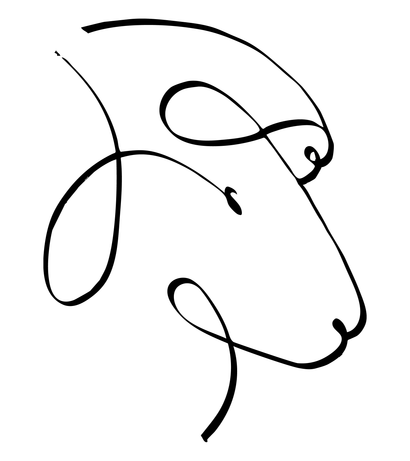Free shipping on all domestic orders over $150
Free shipping on all domestic orders over $150
Shop
Add description, images, menus and links to your mega menu
A column with no settings can be used as a spacer
Link to your collections, sales and even external links
Add up to five columns
Add description, images, menus and links to your mega menu
A column with no settings can be used as a spacer
Link to your collections, sales and even external links
Add up to five columns

Understanding Yarn Elasticity: Why It Matters in Knitting
September 30, 2024 3 min read 5 Comments
You’ve probably heard the word stretch tossed around in the knitting and crochet community. It’s one of those terms that can mean different things depending on who’s using it. Sometimes stretch refers to how much give a particular yarn has, while other times, it’s about how much your knitted fabric will grow once you wear it or block it.
Confusing, right?
When I talk about stretch, I often use the word bounce, which sounds fun and playful. But the more precise term is actually elasticity.
What is Elasticity?
By definition, elasticity is the ability of a material to return to its normal shape after being stretched or compressed. In yarn terms, it’s about how much a yarn can stretch out and then bounce back to its original size.
Why does it matter? Because understanding yarn elasticity can significantly impact how your knitting turns out, from the fabric's appearance to how well your finished sweater fits and holds its shape over time.
Here are five reasons why understanding yarn elasticity is so important:
1. Yarn Fiber: Wool vs. Cotton
Not all fibers behave the same way. Wool yarns are incredibly elastic, meaning they’ll spring back into shape after being stretched. This is due to the natural structure of the wool fiber, which makes it a go-to for garments that need to hold their shape.
Cotton yarns, on the other hand, are much less elastic. While they can stretch, they don’t bounce back the way wool does. Cotton, and other inelastic fibers, may grow with wear, and they won’t recover without washing or re-shaping.
2. Needle Size Affects Gauge
When working with elastic yarns like wool, you’ll often need a larger needle to achieve a specific gauge than you would with an inelastic fiber like cotton. For example, a worsted-weight merino might need a US 9 (5.5mm) needle to get 18 stitches per 4 inches, whereas cotton could need a US 7 (4.5mm) for the same gauge.
This isn’t something to stress over too much—your swatch will tell you what you need to know—but it helps to understand why the recommended needle size on the yarn label might vary depending on the fiber.
3. Fabric Behavior: Curl and Structure
Elastic yarns, like wool, tend to curl more in stockinette fabric. That’s something to consider if you’re knitting a garment or accessory with an open edge. You may need to block more assertively to tame the fabric.
Also, elastic yarns allow for knitting at looser gauges without losing too much structure. Inelastic yarns like cotton or bamboo can become floppy and lose their shape quickly if knit at a looser gauge.
4. Garment Behavior: Stretch and Fit
Garments knit with inelastic yarns, such as bamboo or rayon, may stretch out over time, especially if they’re larger or the fabric is loose. The weight of the yarn and the garment itself can cause it to grow, leading to a bigger or longer fit than you intended. Cotton tends to stretch, but will often return to shape after washing—just like your favorite pair of jeans!
Manmade fibers like rayon don't recover as easily, so it’s important to consider how this yarn choice will affect your project long term.
Final Thoughts: Understanding Yarn Elasticity
There are many ways yarn manufacturers create or enhance elasticity in yarn, and we will dive into that another time. For now, I hope this clears up some of the confusion around the term stretch and elasticity when it comes to yarn and knitted fabric.
I’d love to hear from you—did you find this explanation helpful? Do you have any other yarn-related questions you've been pondering? Let me know in the comments!
Warmly,
Ellen
5 Responses
Carole Perry
October 01, 2024
Thanks Ellen, your blogs are very informative. I don’t like knitting with super wash for this reason. I also find non elastic yarns hurt my hands when working with it.
Sheree Halleran
October 01, 2024
Thank you for this clear explanation. Natural fibers like linen or cotton/linen are also non-elastic and will easily stretch out?
I am learning so much through your columns.
Maria Adams
October 01, 2024
How about wet blocking. Tell Jennie thank you so much for her advice on wet blocking Marino cardigan.
Tyral Spence
October 01, 2024
Pure alpaca yarn can not be put in washing machine . It will shrink. I wore my socks once and never wore them again.They can not be move even in hand washing. This care should be told when one’purchased yarn..


Liz Bush
October 04, 2024
Yes, great information. I did notice that my knitted dishcloths do stretch out in use, but they always bounce right back after a wash. Duly noted, if constructing future cotton garments. :) Liz